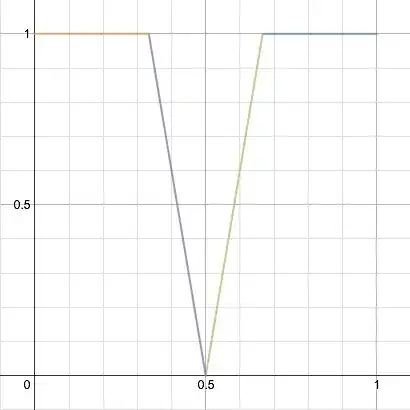I have tried to give a proof of the following theorem but I feel very unsure and would be very grateful if someone would check it for me
Many thanks!
Theorem. Let $R$ be the ring $C[0,1]$ of continuous real-valued functions on the interval $[0, 1]$ (with pointwise operations). If $f, g \in R\setminus\{0\}$ satisfy $f \,|\, g$ and $g \,|\, f$, then there is some unit $u \in R$ such that $f = ug$.
Proof. First observe that the units in $C[0,1]$ are precisely the functions which are nowhere zero.
Since $g\,|\,f$ (say $f=sg$) and $f\,|\,g$ (say $g=tf$) we have
1) $f(x)=0 \Leftrightarrow g(x)=0$;
2) $s(x)=0 \Rightarrow f(x)=0$;
3) $t(x)=0 \Rightarrow g(x)=0$;
Thus we reduce to the case where $f$ and $g$ are both non-units.
There is some $(a,b)\subseteq[0,1]$ such that
1) $f$ and $g$ are both non-zero on $(a,b)$;
2) either $f(a)=g(a)=0$ or $f(b)=g(b)=0$ (wlog we assume the former).
We see that $s(x)=\dfrac{1}{t(x)}$ for all $x \in (a,b)$ and so, since $t$ is bounded, we cannot have $s(a)=0$.
It follows that $s$ is a unit. Q.E.D.

